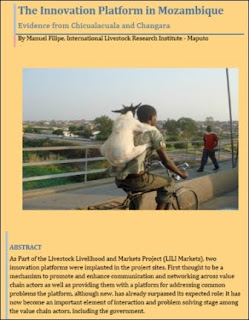A recently published study on consumer demand for sheep and goat meat in Kenya has found that a niche market exists for these products among consumers in two key production and market locations in the country.
The study, published in an article in the May 2010 issue of Small Ruminant Research, sought to investigate patterns of consumption of small ruminants' meat in Kenya and the factors influencing consumer demand for these products.
Data from 103 households were collected in Marsabit District, a semi-arid region where small ruminant production is a major economic activity, and Kiamaiko area in the capital city Nairobi, a key market for sheep and goats from Marsabit.
Over 55 per cent of sampled households preferred sheep and goat meat over beef. Purchase price of small ruminant meat, household location, and share of monthly income spent on food were among the factors identified to play a role in influencing consumer demand for sheep and goat meat.
Producers need to be aware of the existing and potential demand for sheep and goat meat so as to be able to respond appropriately to consumers' needs and ensure access to markets, the authors conclude.
Dr Isabelle Baltenweck, an agricultural economist with ILRI's Market Opportunities theme, is a co-author of the journal article.
Read the abstract here.
Citation
Juma GP, Ngigi M, Baltenweck I and Drucker AG. 2010. Consumer demand for sheep and goat meat in Kenya. Small Ruminant Research 90(1-3): 135-138.



